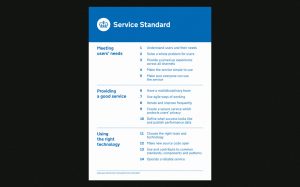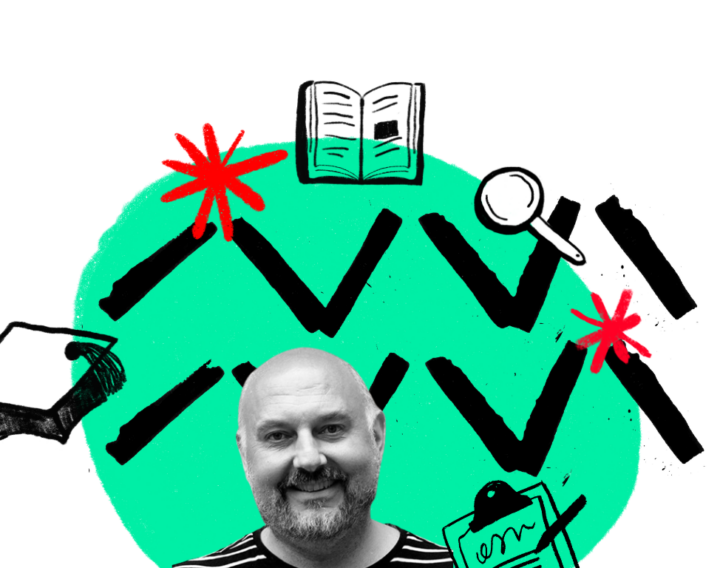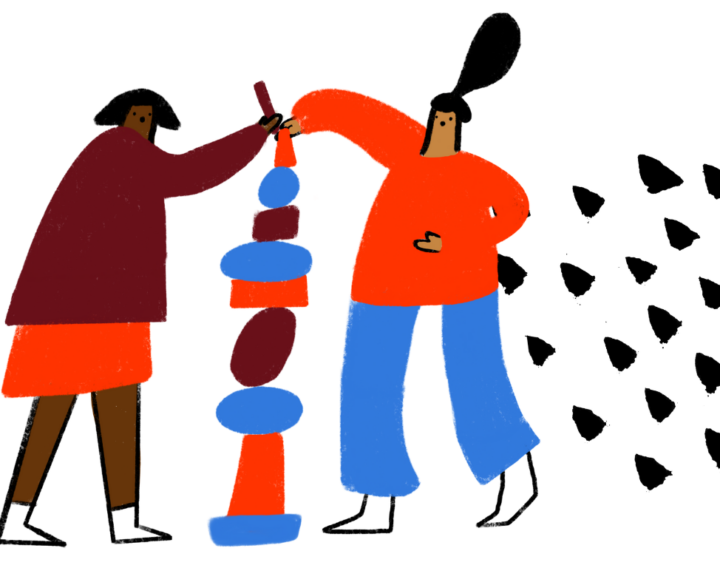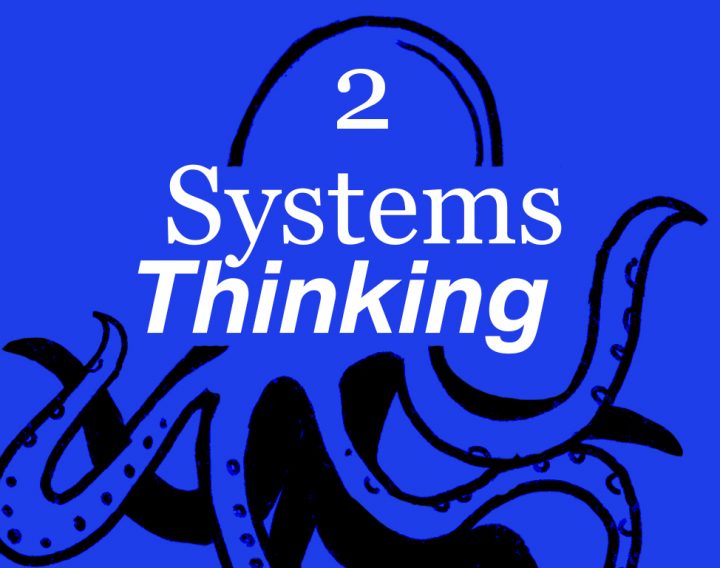The good and the bad of government service assessments

Senior Interaction Designer Tom Wicks has been part of the Snook Digital Team for over two years. In this blog, Tom shares his experience of service assessments, why he thinks they’re important and some problems he's encountered with them.
Senior Interaction Designer Tom Wicks has been part of the Snook Digital Team for over two years. In this blog, Tom shares his experience of service assessments, why he thinks they’re important and some problems he’s encountered with them.
Over the last two years I have worked on digital services for the government in areas like counter terrorism, intelligence, cyber health and community engagement. This work has introduced me to a form of peer review called service assessments. In a service assessment, a panel of digital specialists review a project to check that the project meets the standard the government requires.
The government Service Standard has 14 points that help teams to create and run great public services. These include points such as “Make sure everyone can use the service” and “Have a multidisciplinary team”. At the end of the assessment, the panel decides whether the service meets the standard. If it does, then the team can continue to the next phase of the project.

Above: HM Government Service Standard poster from the #govdesign Tumblr
What I love about service assessments
Service assessments are a form of regulation in an unregulated industry
If I designed motorways or buildings for the government I would be working in a highly regulated industry. I imagine I’d have many letters after my name, my house would be full of certificates, and I’d have to keep old sketchbooks.
In comparison, there is little regulation around our digital infrastructure even though the consequences of failure are no less catastrophic. Service assessments offer a form of regulation in an unregulated industry and improve the quality of our public services.
Service assessments save the public money
Digital projects in government are split in four phases: discovery, alpha, beta and live. Funding for the next phase of the project is usually tied to meeting the Service Standard. So, projects which don’t meet the standard stop or need to revisit previous phases. This prevents many bad services from ever being built in the first place.

Above: Phases posters from the #govdesign Tumblr. Credit: Crown Copyright
Service assessments help us design things that people need and can use
The first point in the standard is “Understand users and their needs”. Which means focussing on what the user needs, instead of what project teams think they need. This can help to focus the minds of the team and stakeholders, and is a useful artefact to point to when people ask, “Do we need to do all this user research” or “Why can’t we just build the app?”.
Problems I’ve encountered with service assessments
Service assessments can be inconsistent
Not all services need assessments and some departments run their own. This means there can be inconsistent use of the Service Standard depending on the panel or department a project is in. When this happens, project teams can feel let down by the panel or a sense of injustice if they don’t meet the standard.
Some departmental areas can believe they should be exempt too and apply ministerial pressure to avoid an assessment or overturn a negative result. I’ve always found that there are very few good reasons for why a service should be exempt from meeting the standard. Are there any digital services that would be better if they did not meet the Service Standard?
Service assessments can leave teams in limbo
Finding a panel of four to five experienced user centred design specialists who have a spare day is hard. After the assessment, a panel often juggles writing the report with their own project work, and teams can be left in limbo while waiting to hear back. I’ve worked on a project where we’ve been asked to start a new phase of work before hearing the result of the service assessment. Once a decision is made, the team may need help understanding it and panel members don’t always have time to give more context or help a team move forward.
Service assessments can feel like an exam

Above: A person writing a service review report on a laptop. Credit: Services in government blog
As service assessments are tied to funding, they can become the focal point of the project. There can be a perception from stakeholders that the user centred design team is there to pass the assessment rather than do user centred design. Sometimes teams make the mistake of not speaking to the panel before the assessment, so they don’t know what to expect. If run poorly they can feel like box ticking exercises that requires the team to hastily create masses of documentation.
Embracing the service assessment
Exploring the benefits and problems of service assessments, there’s no doubt in my mind that they do help us make better public services. They are an invaluable form of feedback from critical friends who aren’t as attached to the project as we are. There is some debate about how service assessments should work in the UK government. I’ve found that some of their potency comes from links to funding. Service assessments are most powerful when fully embraced by teams because it helps them to make things better.
I’d like more service assessments. They should be better funded, more consistent and take place on live services too. They are a process that helps us to build more responsible technology that everyone can use. And this is something we’re going to need more of in the public and private sectors in the coming years.





